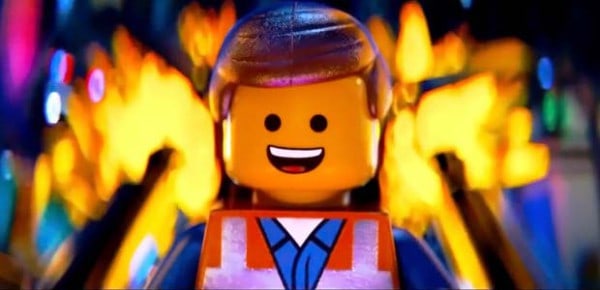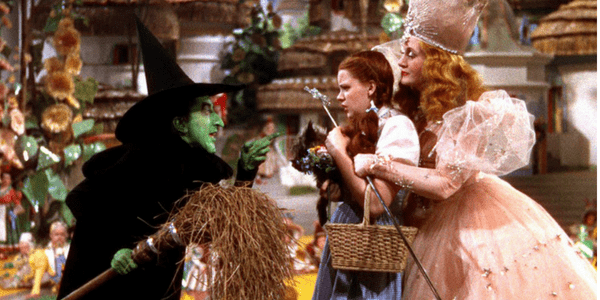
This has been a great year for occult and philosophically tinged pop culture. From the huge success of True Detective to the continuing juggernaut that is Supernatural and the news of a Twin Peaks revival, from exorcist horror flicks and superhero movies galore to smart low budget think-pieces such as Coherence, The Frame and Predestination, we have not lacked for powerful statements of the hyperreal and the imaginal in our media.
For me though, there was one film this year which I consider utterly essential for any modern magician — a statement of one of the most essential truths about how magick works, done with a perfection of metaphor I have not seen equalled in any medium: The Lego Movie.
Yes, really.
Since this was one of the smash hits of the year (and, I suspect, has been watched by parents with young children nearly as many times as the “Let It Go” song from Frozen), I’m going to assume you’ve seen it. If not: Spoilers, sweetie…
The majority of the story takes place in the Lego universe: a place built of plastic bricks shifting into a multitude of forms and inhabited by characters from a myriad of fictional universes (thanks to franchising), ranging from Star Wars to DC Comics. Within this gorgeously animated world, an everyman figure (literally) named Emmet discovers he has a destiny to become “The Special” — one who can rearrange the bricks that form his world at will. (Basically, the power possessed by Neo in The Matrix, or the character Murdoch at the end of another classic of occult and SF cinema of the same year, 1999’s Dark City.)
Following a classic Joseph Campbell Hero’s Journey,1 and guided by his visions of a humanoid god-like creature he calls “The Man Upstairs,” Emmet is forced to make the supreme sacrifice, trying to save his world from a monster who imposes order over the freeform chaos of the world with the evil power of glue: thus forcing those free-to-change-position bricks into a single, static form. Emmet tries to prevent this cataclysmic glue-related event by hurling himself into a mysterious vortex, which brings him to…a suburban basement in our world.
The Man Upstairs is revealed to be just an ordinary man, a Lego hobbyist who builds beautiful but static landscapes by gluing the bricks together instead of letting his son simply play with the Lego.
And of course, in this world Emmet is not “The Special” — he’s a tiny bit of orange and yellow plastic.
Once Emmet sees what’s happening, he summons his willpower to try and alert the imaginative young boy that his fantasies (which are visions of — or the actual myth behind — Emmet’s Lego World) have some basis of reality.
With all his might, Emmet strains and pushes and is able to move his body a tiny amount. Just a twitch, really. But it’s enough. He twitches again and again, moving slowly across the table he is lying on, until he finally falls to the floor… which is enough of a signal for the boy to stand up against his father and successfully plead for the bricks to be free to be rearranged.
Not “The Special,” but just special enough.
Inside one world, the very fabric of its existence can be rearranged and controlled at will, with spectacular results: but in the world outside of it, the only action possible is the tiniest movement to possibly trigger a chain of events leading to a larger resolution.
That sounds exactly like how magick works to me. And that’s why I now have the inevitable official Emmet Lego figure on my altar.
As magicians, we all have this glorious realm of gods and powers within our minds, a place where will and Imagination can create spectacular and impactful occurrences, can rearrange its very fabric. But to the outside world, those effects are utterly tiny. Just a twitch, really. But, if the timing is right and we’re clever and intuitive and just plain lucky, then a twitch or two is all we need to change the world.
Happy Holidays, everyone. I hope to see you next year for more of The Hype.
- Ed. note: See, The Hero with a Thousand Faces. [↩]








